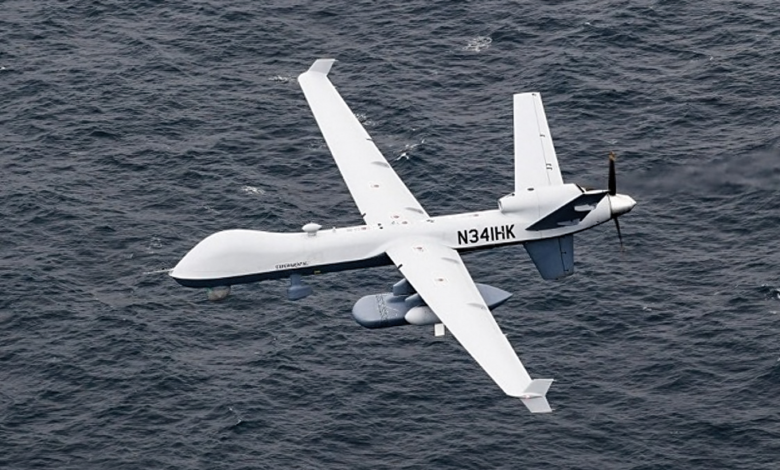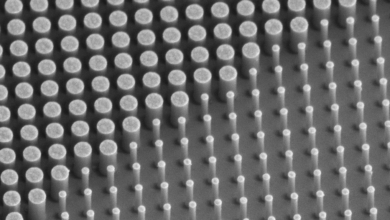Defending Taiwan With Chips and Drones

The majority of the world’s advanced logic chips are made in Taiwan, and most of those are made by one company: Taiwan Semiconductor Manufacturing Co. (TSMC). While it seems risky for companies like Nvidia, Apple, and Google to depend so much on one supplier, for Taiwan’s leaders, that’s a feature, not a bug.
In fact, this concentration of chip production is the tentpole of the island’s strategy to defend itself from China, which under the Chinese Communist Party’s One China Principle, considers Taiwan a renegade province that will be united with the mainland one way or another.
Taiwan’s Silicon Shield strategy rests on two assumptions. The first is that the United States won’t let China take the island and its chip production facilities (which reportedly have kill switches on the most advanced extreme ultraviolet machines that could render them useless in the event of an attack). The second is that China won’t risk destroying perhaps the most vital part of its own semiconductor supply chain as a consequence of a hostile takeover.
The U.S. military seems steadfast in its resolve to keep Taiwan out of Chinese hands. In fact, one general has declared that the United States is prepared to unleash thousands of aerial and maritime drones in the event China invades.
“U.S. naval attack drones positioned on the likely routes could disrupt or possibly even halt a Chinese invasion, much as Ukrainian sea drones have denied Russia access to the western Black Sea.”–Bryan Clark
“I want to turn the Taiwan Strait into an unmanned hellscape using a number of classified capabilities,” Adm. Samuel Paparo, commander of the U.S. Indo-Pacific Command told Washington Post columnist Josh Rogin in June.
There is now, two and half years into the Russia-Ukraine war, plenty of evidence that the kinds of drones Paparo referenced can play key roles in logistics, surveillance, and offensive operations. And U.S. war planners are learning a lot from that conflict that applies to Taiwan’s situation.
As Bryan Clark, a senior fellow at the Hudson Institute and director of the Institute’s Center for Defense Concepts and Technology, points out in this issue, “U.S. naval attack drones positioned on the likely routes could disrupt or possibly even halt a Chinese invasion, much as Ukrainian sea drones have denied Russia access to the western Black Sea.”
There is no way to know when or even if a conflict over Taiwan will commence. So for now, Taiwan is doubling down on its Silicon Shield by launching more renewable generation projects so that its chipmakers can meet customer demands to minimize the carbon footprint of chip production.
The island already has 2.4 gigawatts of offshore-wind capacity with another 3 GW planned or under construction, reports IEEE Spectrum contributing editor Peter Fairley, who visited Taiwan earlier this year. In “Powering Taiwan’s Silicon Shield” [p. 22], he notes that the additional capacity will help TSMC meet its goal of having 60 percent of its energy come from renewables by 2030. Fairley also reports on clever power-saving innovations deployed in TSMC’s fabs to reduce the company’s annual electricity consumption by about 175 gigawatt-hours.
Between bringing more renewable energy online and making their fabs more efficient, the chipmakers of Taiwan hope to keep their customers happy while the island’s leaders hope to deter its neighbor across the strait—if not with its Silicon Shield, then with the silicon brains of the drone hordes that could fly and float into the breach in the island’s defense.
IEEE Spectrum




